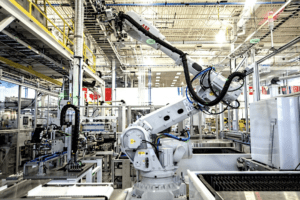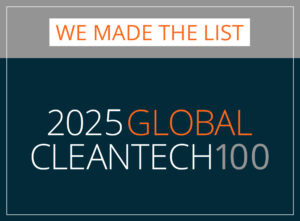
Redwood: A Landmark for Carbon Capture and a Turning Point for Climate
By Claude Letourneau, CEO, Svante The redwoods of North America are the tallest and longest-living trees on Earth. They are also among nature’s most potent CO2 sponges, soaking up hundreds of tons of carbon per acre. But these stately giants need centuries to reach their full potential. So what if we could recreate their carbon-storing power, but at industrial scale and speed? Today, I am proud to announce the launch of Redwood, Svante’s $150 million Centre of Excellence for Carbon Capture and Removal. Located in Burnaby, B.C., Redwood is the world’s first commercial-scale carbon filter manufacturing plant. It stands as a testament to what’s possible when innovation, collaboration, and urgent climate action come together. A Leap Forward for Carbon Management At full production, Redwood will make enough filters each year to capture 10 million tons of CO2, equivalent to the emissions from powering 1.2 million homes. Put another way, filters





